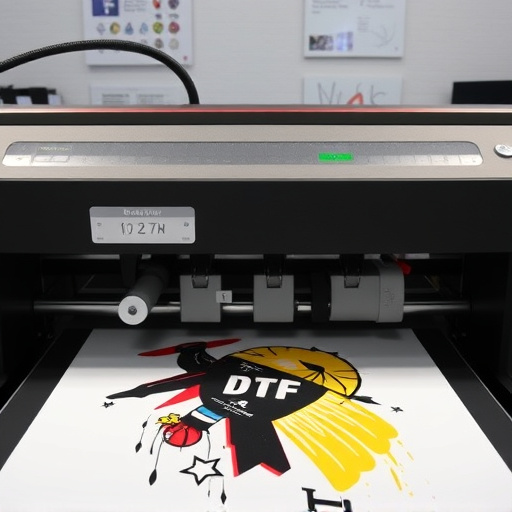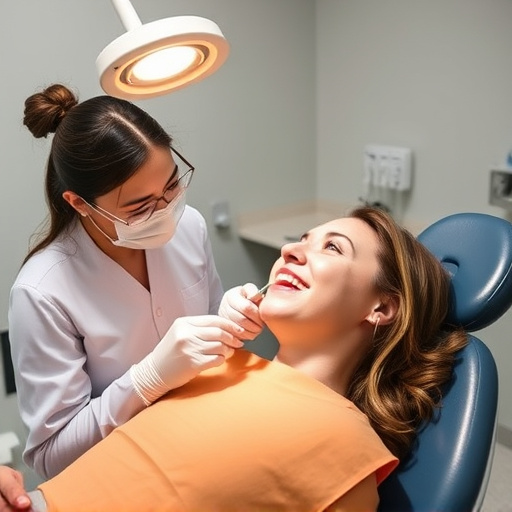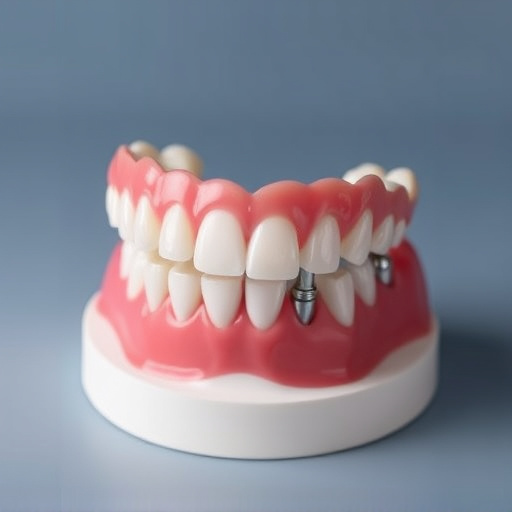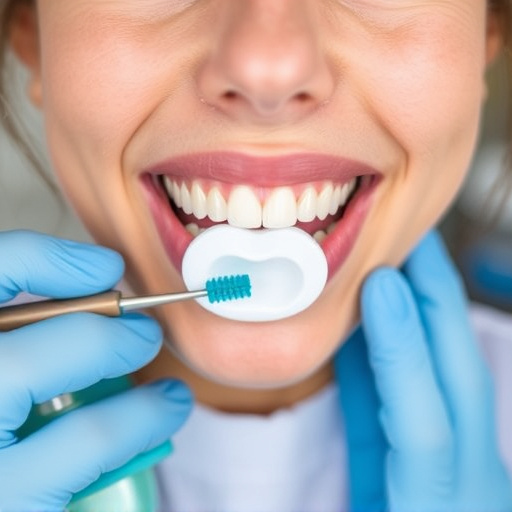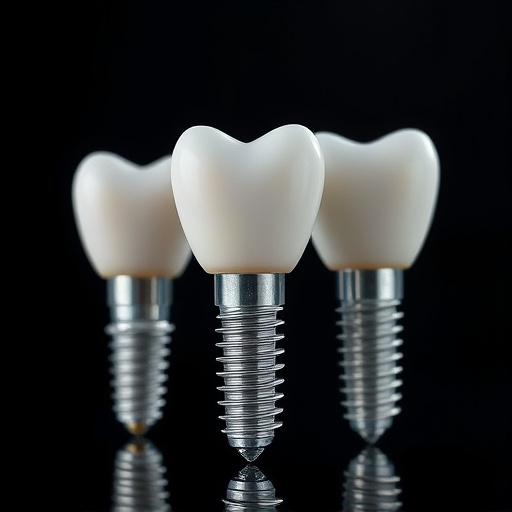Persistent jaw pain, swelling, and difficulty opening the mouth could indicate wisdom teeth removal needs. Regular dental check-ups with X-rays detect issues early, sometimes allowing partial eruption to save the tooth. Severe pain, infection, or symptoms require swift removal through emergency care. After wisdom teeth removal, rest, proper aftercare, salt water rinses, no smoking/straw drinking, and monitoring health for complications are crucial for recovery.
Are your wisdom teeth causing trouble? It might be time to consider wisdom teeth removal. This guide breaks down signs indicating you need this procedure, helps assess the necessity of extraction, and provides recovery and aftercare tips. Understanding common symptoms like pain, inflammation, or infection can signal the need for action. Learn what to expect during the process and how to manage your healing for a smoother transition.
- Symptoms Indicating Wisdom Teeth Removal
- Assessing the Need for Extraction
- Recovery and Aftercare Tips
Symptoms Indicating Wisdom Teeth Removal
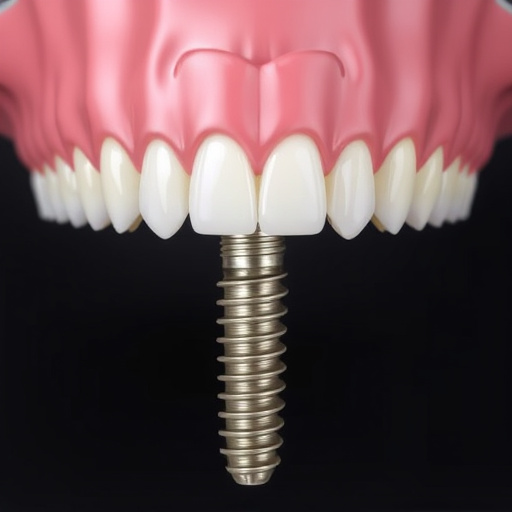
If you’re experiencing persistent pain or discomfort in your jaw, especially around the back molars, it could be a sign that your wisdom teeth are trying to erupt or are already partially broken through. This is one of the most common symptoms indicating wisdom teeth removal soon. Swelling and redness in the gums near these teeth, along with difficulty opening the mouth fully, are further indicators. These late-erupting teeth often don’t have enough room to properly align themselves, leading to potential issues like crowding, infection, or damage to adjacent teeth.
Other signs may include persistent bad breath or a foul taste in the mouth, which could suggest an infection related to wisdom teeth. Impacted wisdom teeth can also cause pressure and pain that radiates to nearby areas, including the ears. In some cases, you might notice a mild fever or general ill feeling accompanying these symptoms, indicating an infection requiring professional attention. Regular dental check-ups are crucial for early detection, as prompt action often results in less invasive procedures for wisdom teeth removal compared to when issues are left untreated.
Assessing the Need for Extraction
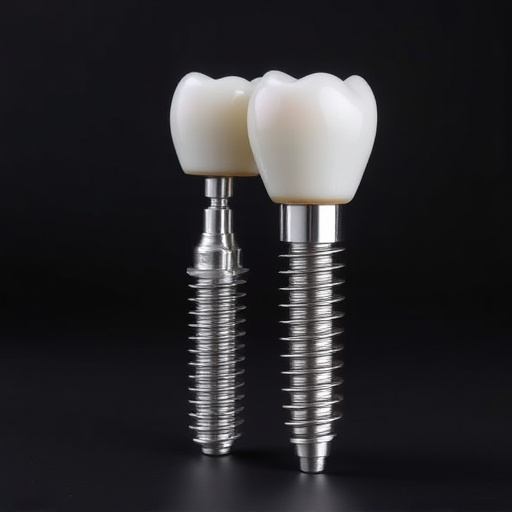
Assessing whether wisdom teeth removal is necessary is a crucial step in maintaining optimal oral health. Many factors contribute to this decision. One of the primary indicators is impaction, where the tooth becomes trapped beneath the gum or bone, often due to inadequate space in the jaw. This can cause pain, inflammation, and potential damage to nearby teeth and structures.
Regular dental check-ups play a vital role in identifying such issues early on. Dentists utilize advanced imaging techniques like X-rays to evaluate the position of wisdom teeth and determine if they are causing discomfort or at risk of complications. In some cases, partial eruption or proper alignment might allow for the tooth to be saved through dental bonding or restorative dentistry procedures. However, emergency dental care may become necessary if acute pain, infection, or other severe symptoms arise, necessitating swift removal.
Recovery and Aftercare Tips
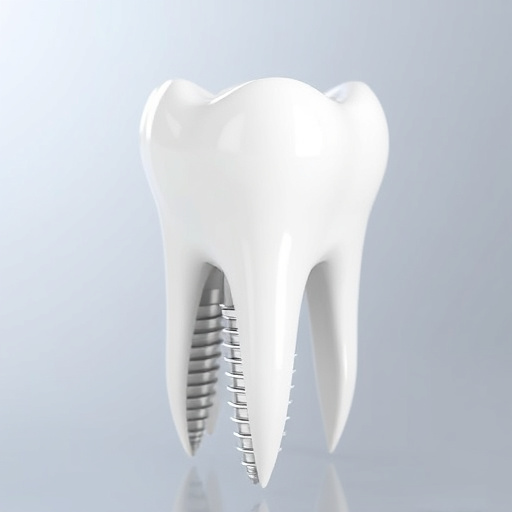
After wisdom teeth removal, your journey to recovery begins. It’s crucial to allow your mouth time to heal and any blood clots to form properly. This typically involves resting, avoiding strenuous activities, and maintaining a soft diet for the first few days. Over-the-counter pain relievers can help manage discomfort, but it’s important not to use them excessively as this may increase bleeding risk.
Proper aftercare is key to ensuring a smooth recovery from wisdom teeth removal. This includes gently cleaning your mouth with salt water several times a day to reduce inflammation and prevent infection. Avoid smoking and using straws for drinking, as these can disrupt the healing process by introducing air bubbles and potentially hindering blood clot formation. As you heal, it’s also essential to monitor your overall health, watching for signs of infection or complications that may require follow-up dental procedures like tooth repair or even dental implants if needed.
If you’re experiencing symptoms like pain, infection, or crowd issues, it might be time to consider wisdom teeth removal. Assessing these needs early can prevent future complications. With proper aftercare, the recovery process is manageable. Don’t hesitate to consult a dental professional for personalized guidance on your unique situation, ensuring a healthier smile long-term.






